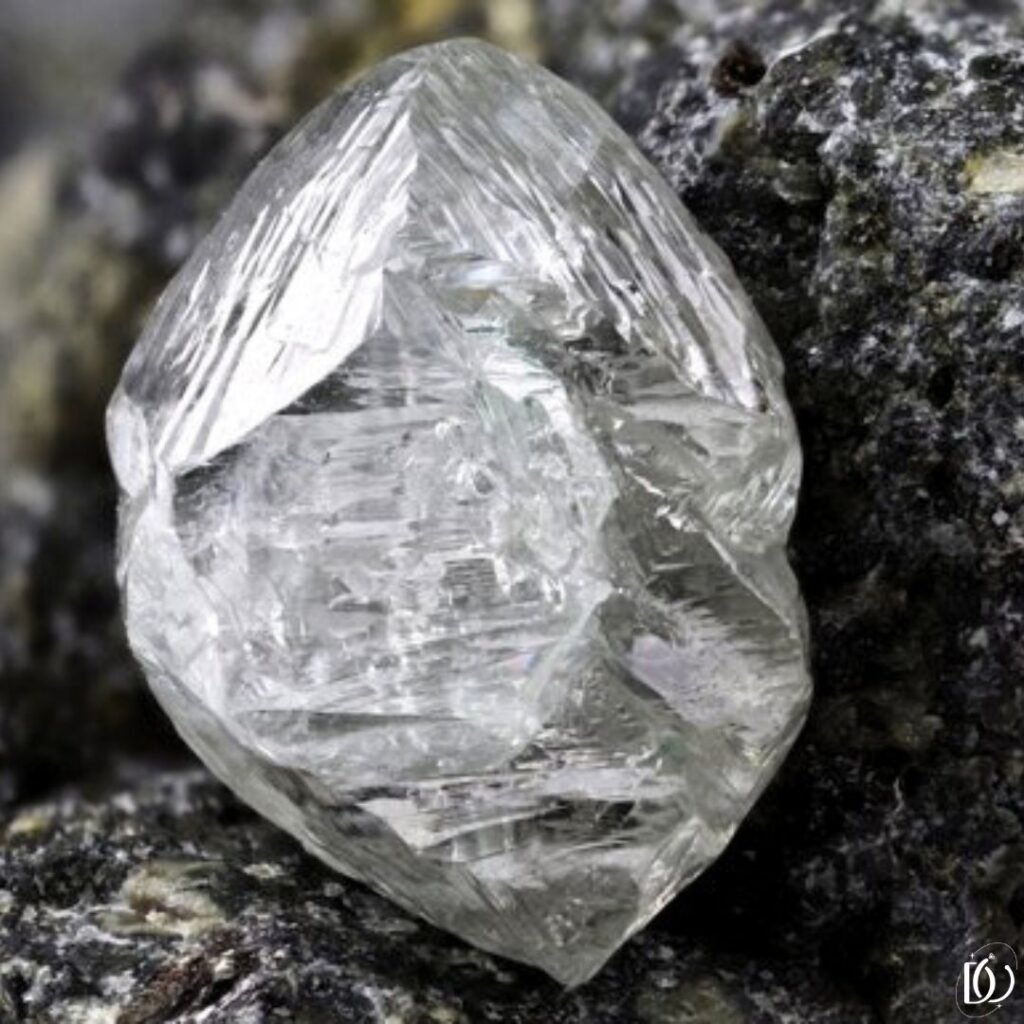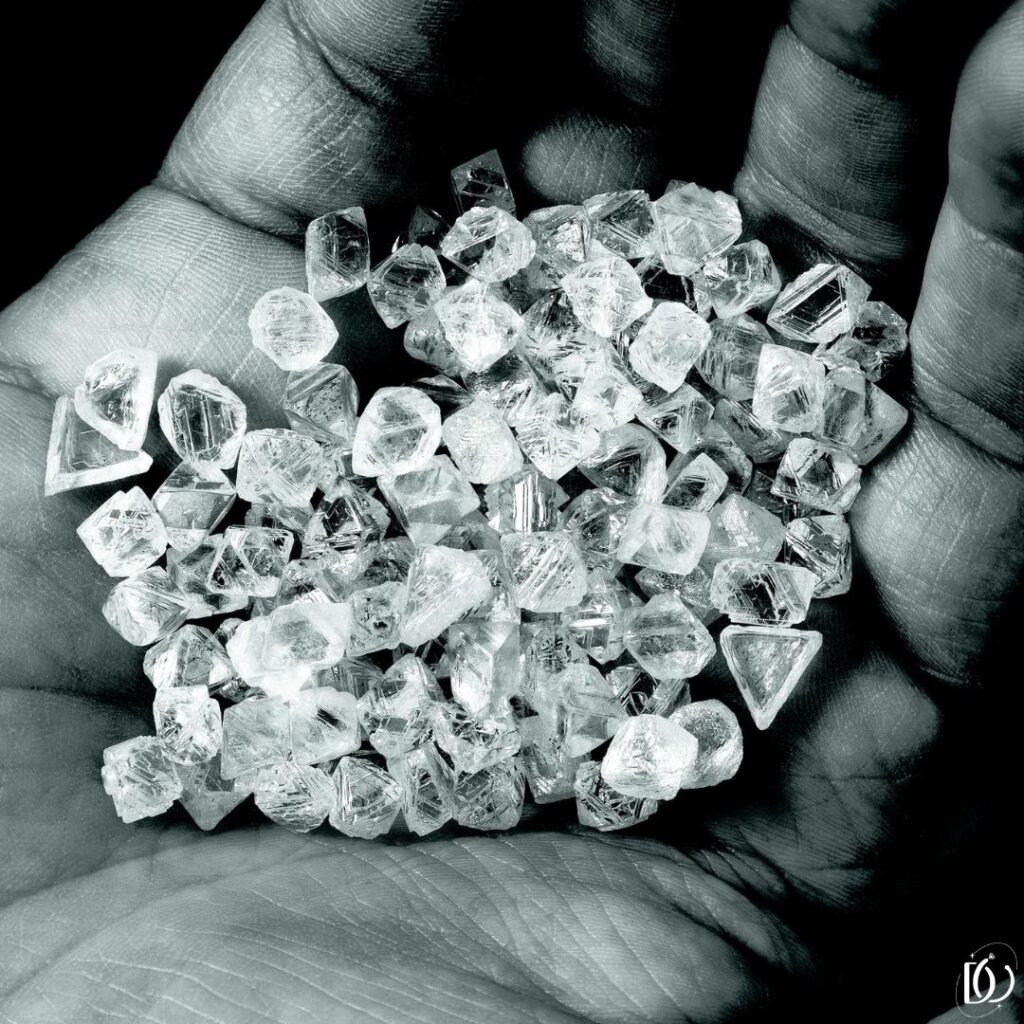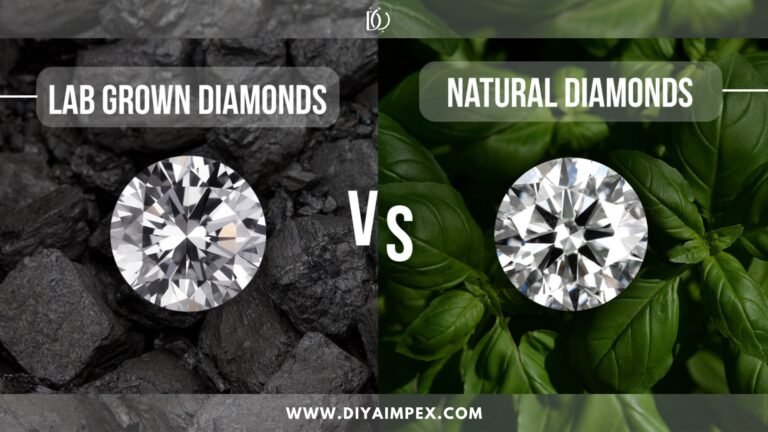The age-old allure of diamonds has captivated humanity for centuries. They symbolize love, prestige, and eternity, making them highly sought-after gemstones. However, recent advancements in technology have introduced lab-grown diamonds as a compelling alternative to traditional mined diamonds. The debate between lab-grown and mined diamonds often revolves around their origins, ethical implications, environmental impact, and their indistinguishable physical properties.
Lab-Grown vs. Mined Diamonds: Spot the Difference?
Let’s delve into these aspects to decipher the intricate differences and similarities between lab-grown and mined diamonds.
Origins:
Mined Diamonds:
Mined diamonds are sourced from deep within the Earth’s crust, formed over millions of years under extreme pressure and heat. They are extracted through mining operations, a process involving significant environmental disruption and often raising ethical concerns regarding labor practices, human rights abuses, and the financing of conflicts, commonly referred to as “blood” or “conflict” diamonds.
Lab Grown Diamonds:
In contrast, lab-grown diamonds, also known as synthetic or cultured diamonds, are produced in controlled environments using advanced technological processes. These diamonds are created by replicating the natural conditions necessary for diamond formation, employing two primary methods: High Pressure-High Temperature (HPHT) and Chemical Vapor Deposition (CVD). Lab-grown diamonds offer an ethically and environmentally conscious alternative, devoid of the socio-political issues surrounding mined diamonds.
Ethical and Environmental Considerations:

Mined Diamonds:
The diamond mining industry has faced scrutiny due to its historical association with human rights abuses and environmental degradation. While efforts have been made to improve mining practices and ensure ethical sourcing through initiatives like the Kimberley Process, flaws persist, leading to concerns about labor conditions, displacement of communities, and ecosystem destruction caused by mining operations.
Lab-Grown Diamonds:
One of the primary advantages of lab-grown diamonds lies in their ethical and environmental credentials. These diamonds have a significantly smaller environmental footprint as they do not require extensive mining activities. They also circumvent the ethical issues related to traditional diamond mining, offering consumers a guilt-free alternative.
Physical and Chemical Properties:
Mined Diamonds:
Mined diamonds and lab-grown diamonds share identical chemical compositions, both being composed of carbon atoms arranged in a crystalline structure, leading to their remarkable hardness and brilliance. Mined diamonds, due to their natural formation process, might possess certain inclusions or unique characteristics that some consider desirable, such as natural imperfections or color variations.
Lab-Grown Diamonds:
Lab-grown diamonds exhibit the same physical and chemical properties as mined diamonds since they are created using the same carbon atoms. They are optically, chemically, and physically indistinguishable from natural diamonds, making them equally desirable in terms of beauty, durability, and brilliance.
Pricing and Market Perception:
Mined Diamonds:
Historically, natural or mined diamonds have held significant value due to their rarity and the perceived notion of their natural origins. However, market perceptions are evolving as consumers become more informed about lab-grown diamonds and their advantages, leading to shifts in preferences and pricing dynamics.
Lab-Grown Diamonds:
Lab-grown diamonds, initially considered a more affordable alternative to mined diamonds, have seen increased acceptance and demand, leading to closer parity in pricing. The growing awareness of their ethical and environmental benefits has attracted a segment of consumers who prioritize sustainability and social responsibility in their purchasing decisions.

Can You Tell the Difference- Lab-Grown vs. Mined Diamonds?
Given the identical chemical composition and physical properties, distinguishing between lab-grown vs. mined diamonds becomes exceedingly challenging without specialized equipment. Gemological laboratories and trained professionals utilize advanced techniques like spectroscopy and microscopic examination to differentiate between the two. However, to the unaided eye, there is no discernible difference in appearance, brilliance, or durability.
The Bling Battle between lab-grown vs. mined diamonds extends beyond mere aesthetics. It encompasses ethical considerations, environmental impact, and market dynamics. While mined diamonds hold a traditional allure and historical significance, lab grown diamonds offer a more ethically sound and environmentally friendly option without compromising on quality or beauty. As consumer awareness continues to evolve, the choice between these two types of diamonds ultimately rests on individual preferences, values, and priorities.

